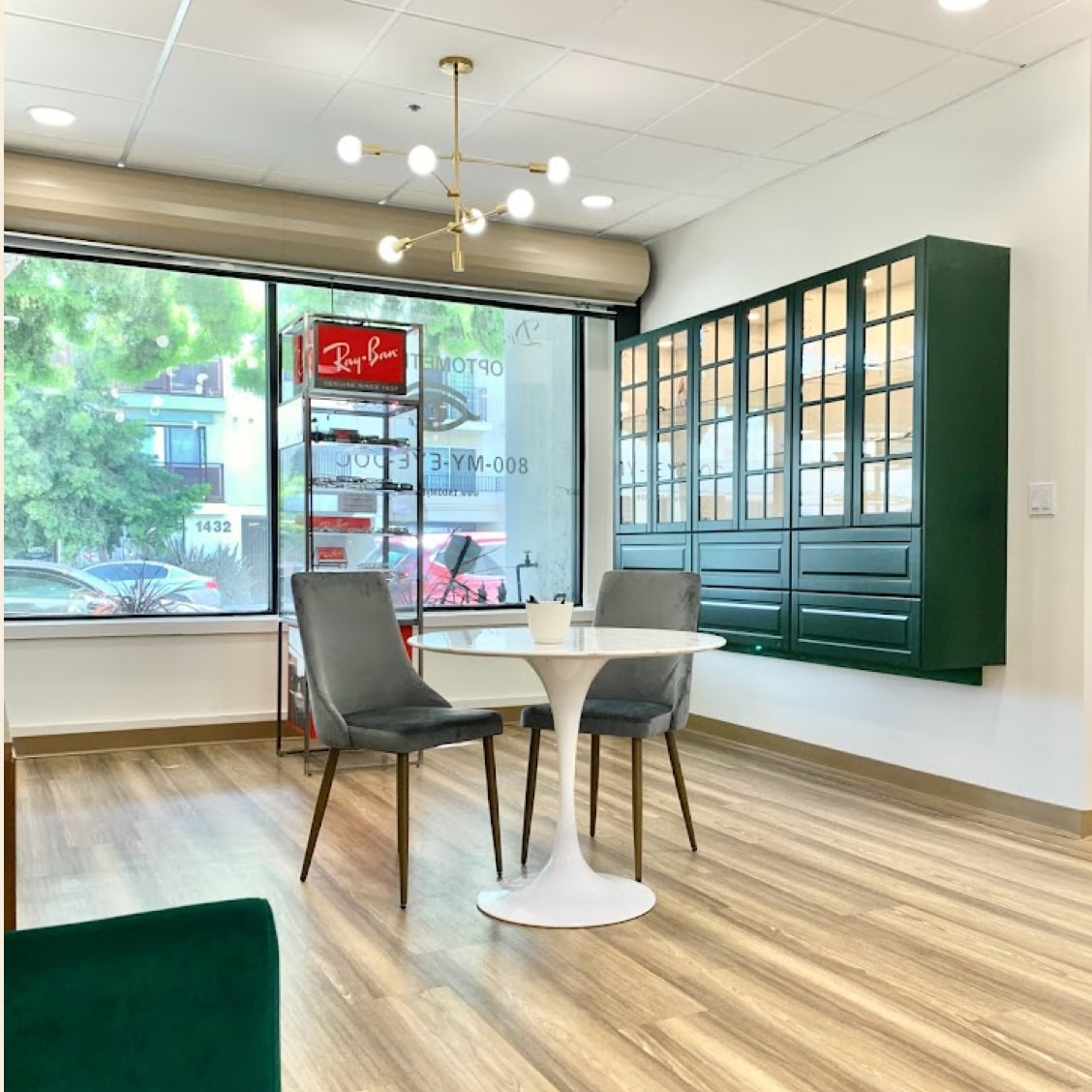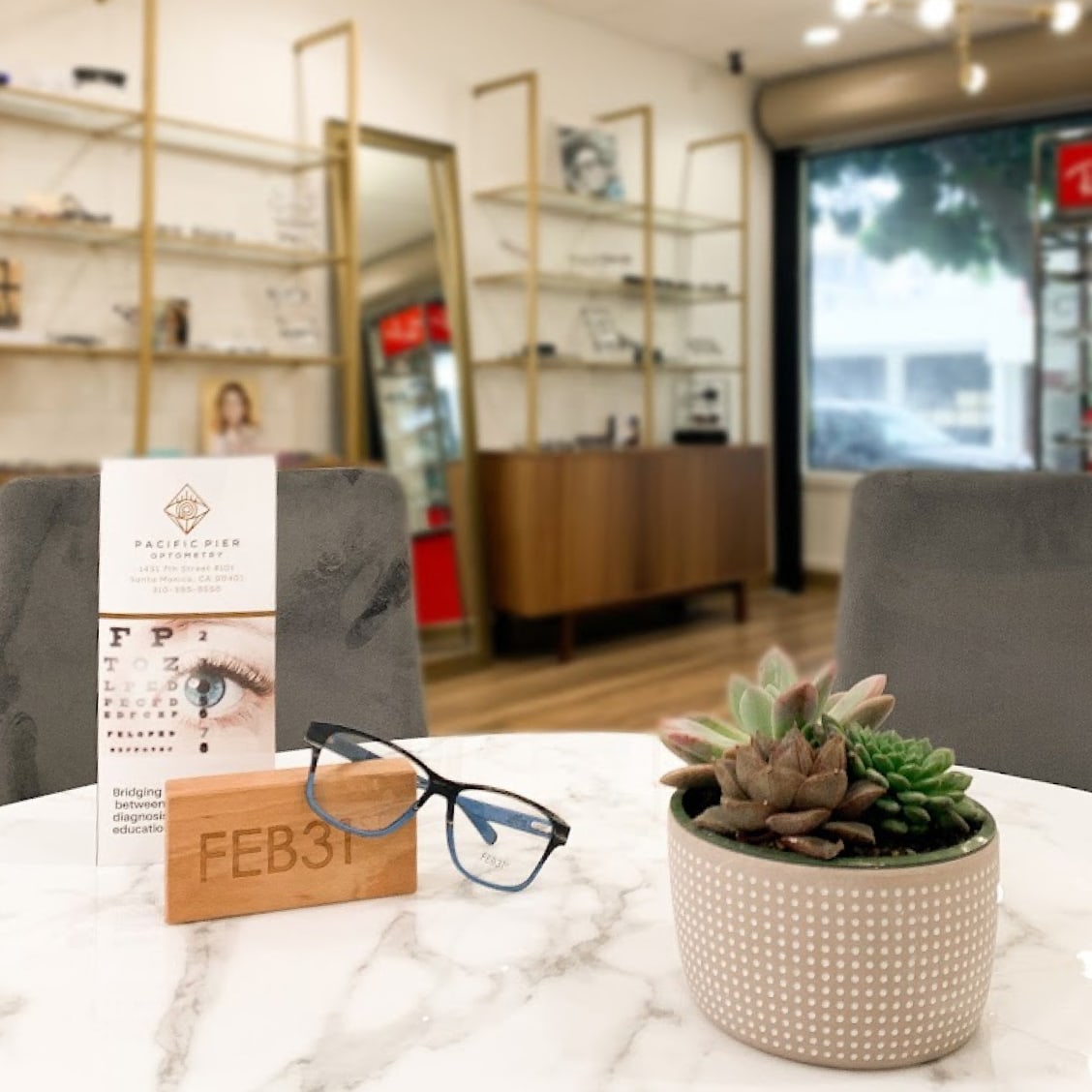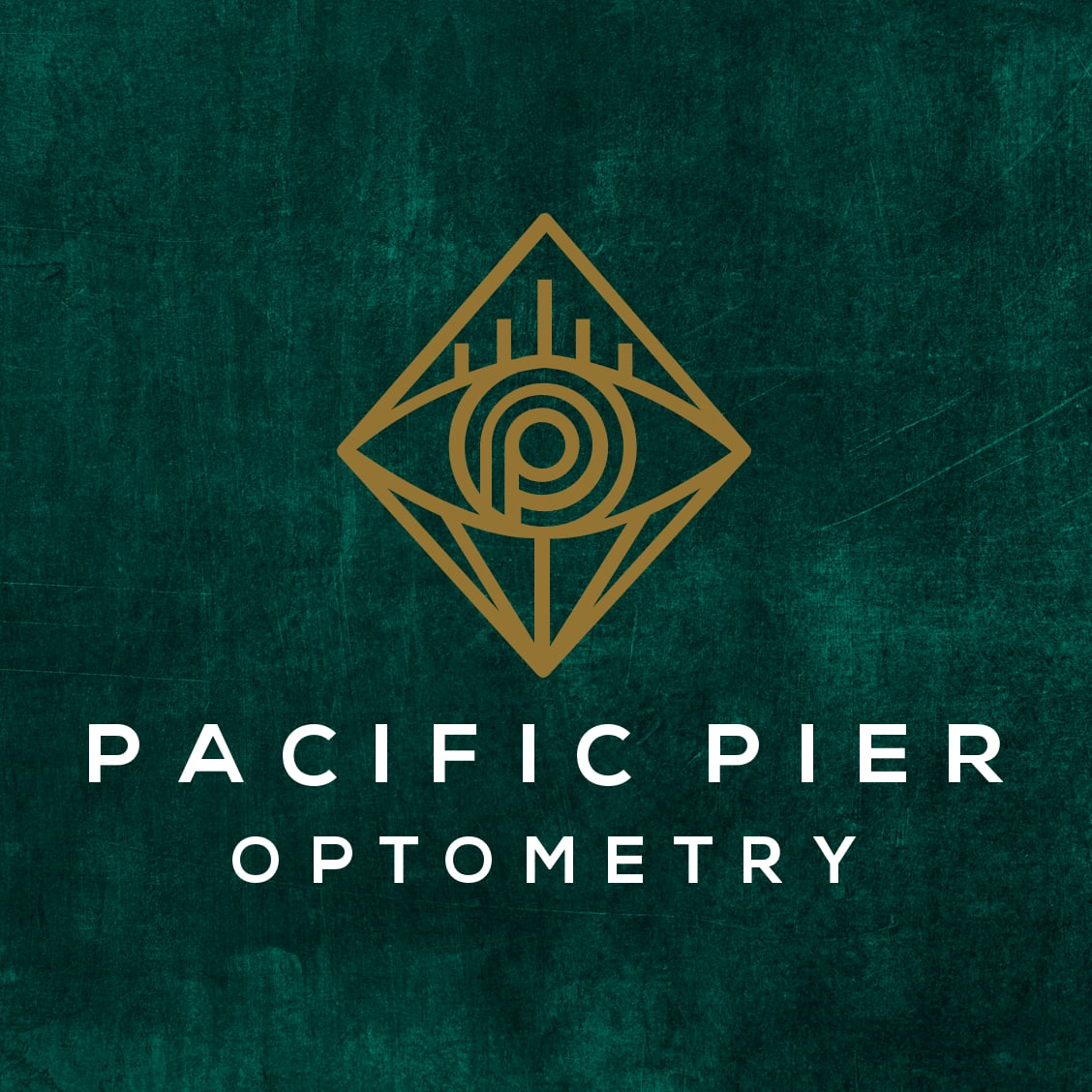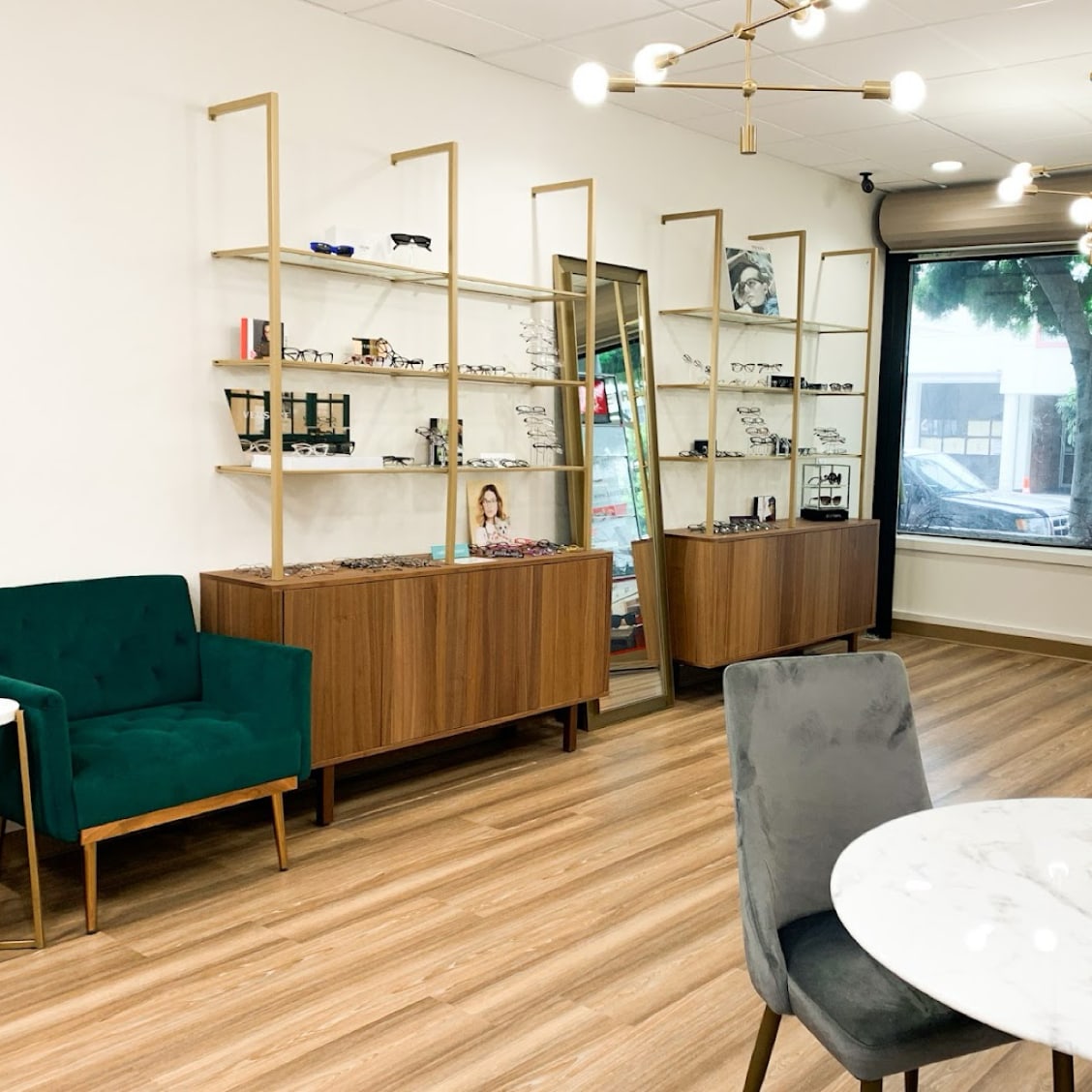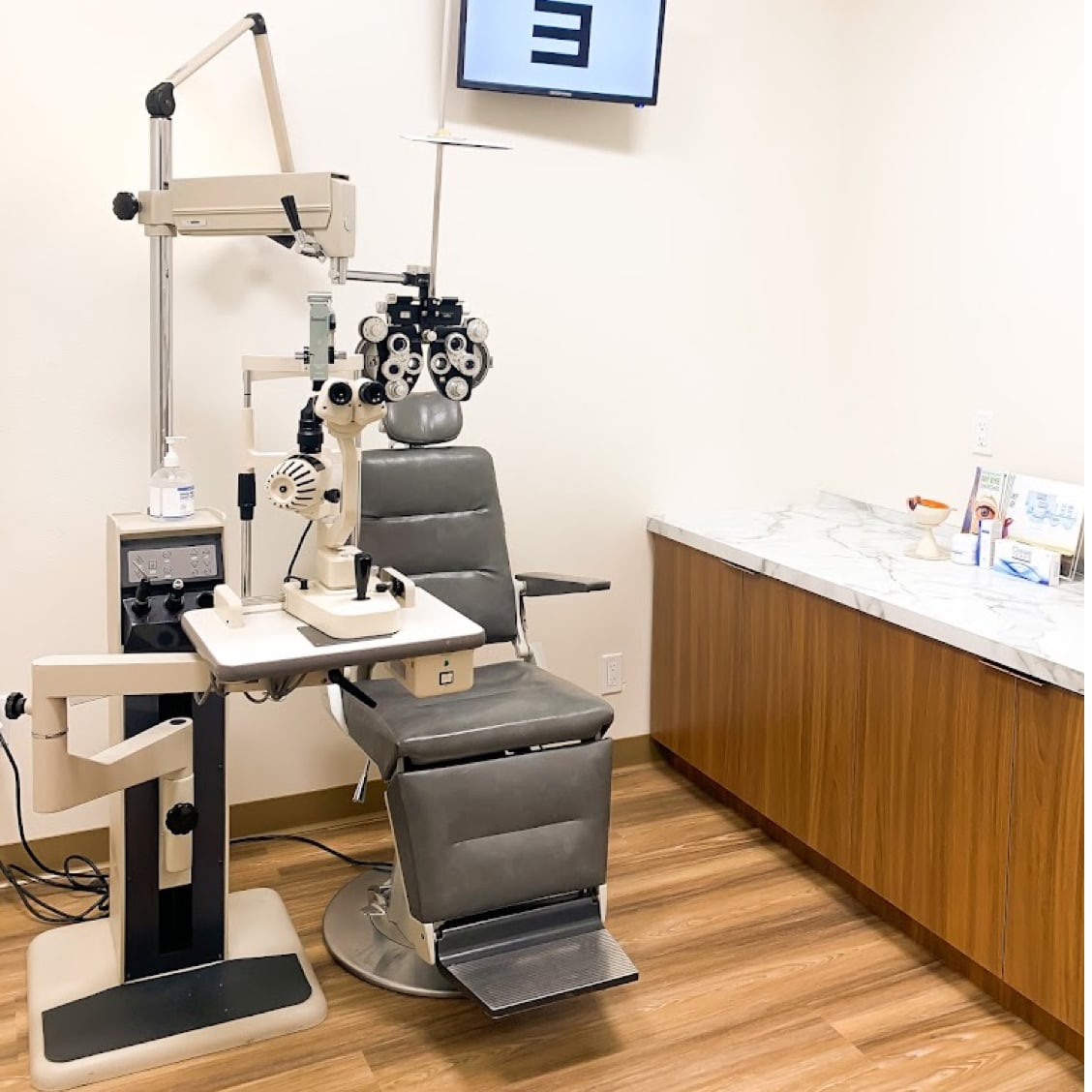Looking for a Change?
If you’re considering laser eye surgery, we’ll help you from start to finish. We’ll discuss your options, answer all your questions, and help you decide if laser surgery is right for your eyes and your lifestyle. It’s not a one-size-fits-all solution—but if it’s a fit, it could be life-changing.
Laser surgery has helped millions reduce their reliance on glasses or contacts—but it’s not magic. While many patients achieve 20/20 vision or better, perfect vision isn’t guaranteed, and you may still need reading glasses or low-strength lenses later in life.
Let’s chat about your options—book your consultation with Pacific Pier Optometry today.
Request Appointment

What to Expect During Your Consultation
A laser surgery consultation is a step toward exploring visual freedom—no commitment required. During your visit, we’ll:
- Review your eye health and medical history
- Measure your prescription and check corneal thickness
- Discuss your lifestyle and vision goals
- Recommend the type of surgery (if any) that’s right for you
We’re here to answer any questions that pop into your head. You’ll leave with all the necessary information to feel confident about your next step.
Who’s a Good Candidate for Laser Eye Surgery?
Laser surgery can be a great option for many people, but it’s not for everyone. There are some risks associated with laser eye surgery, such as dry eye, glare or halos around lights, blurred vision, or eye infections. A thorough consultation helps us figure that out together.
You might be a good candidate if:
- You’re 18 or older
- Your vision has been stable for at least a year
- You have healthy corneas and no active eye conditions
- You’re not pregnant or nursing
- You have realistic expectations about what surgery can (and can’t) do
We’ll look closely at your eyes, talk through your goals, and help you make a confident decision—no pressure, no hype.
LASIK, PRK & SMILE: What’s the Difference?
Laser eye surgery reshapes the cornea, the clear front part of the eye, to help light focus appropriately on the retina, the back of the eye. Surgery can correct common vision issues like myopia (nearsightedness), presbyopia (age-related farsightedness), and astigmatism (irregular curvature of the cornea).
There are several types, each with unique benefits that depend on your eye health and lifestyle.
LASIK (laser-assisted in situ keratomileusis) is the most well-known laser surgery, likely because 90% of LASIK patients achieve vision between 20/20 and 20/40 without glasses or contacts.
It involves creating a small flap in the outer cornea, then reshaping the layer underneath with a laser. The flap is then gently folded back into place. Recovery is typically quick, and most people return to regular life in a day or two.
During your LASIK consultation, we may use dilation drops to get a complete view of your eye health. This helps us determine if you’re a good candidate for the procedure and plan your treatment safely.
PRK (photorefractive keratectomy) removes the cornea’s outer layer completely before reshaping the tissue underneath. The surface layer then naturally regenerates, but the healing process may take longer than LASIK.
Although PRK is less famous than LASIK, it has a similarly high success rate, with 90% of patients achieving 20/40 or better. PRK is a safe alternative for people with thinner corneas, certain corneal conditions, or dry eyes.
SMILE (small incision lenticule extraction) is the newest of the three surgeries. A tiny laser is used to make an incision and remove a small piece of corneal tissue (called a lenticule) to correct vision. This is all done without a flap or large incision.
SMILE is minimally invasive, tends to cause less dry eye after surgery, and has a smooth recovery process.
After Laser Eye Surgery: What Happens Next?
After surgery, your eyes need time to heal. We’ll walk you through what to expect, from the first few days to the months ahead—and if anything feels off, you can always reach out.
Most patients notice clearer vision within 24 hours, but don’t worry if things still feel a little off at first. It’s normal for your vision to fluctuate during the recovery process. Full stabilization can take up to 6 months, so patience is key.
You’ll likely be back to your daily routine in a day or 2, but you’ll want to hit pause on contact sports for at least 3 days. And hold off on lotions, creams, or eye makeup for about 2 weeks to keep your healing on track.

Supporting You Before, During & After
Excellent care means never feeling rushed or confused about your options. If you’re considering laser vision correction, we’re here to guide you with clarity, support, and experience.
Book your laser surgery consultation with us today.
Request Appointment
Why Choose Pacific Pier Optometry?
Quality, personalized eye care with a fun, approachable team. Here’s why so many choose us:

Carefully Selected Eyewear
We believe your eyewear should be as unique as you are! Our eyewear collection features an intimate selection of quality frames that fit every aesthetic. Whether you’re looking for a bold statement piece or a classic everyday look, we can help you find the perfect pair that complements your style.

Passion & Reliability
Our team is not only knowledgeable, but also passionate about eye health! We pride ourselves on creating a friendly and approachable atmosphere. We understand that eye care can sometimes feel overwhelming, so we’re here to make it relatable and enjoyable for our patients. Your comfort and understanding are our top priorities.

Eye Care with a Personal Touch
Experience eye care that combines technology with a team you’ll feel relaxed with. We strive to make every visit feel like a personal experience, rather than a medical appointment. Our team is about making it easy for you to understand your eye health and our services. From your first appointment to your frame selection, we’re here for you.

Find Us in Santa Monica
Come Visit Us
We’re just a stone’s throw from the beach and vibrant local shops—we’re easy to access and aim to provide a relaxing space where you can focus on your eye health.
Where to Park?
Convenient street parking is available nearby for easy access.
Our Address
- 1431 7th St Ste 101
- Santa Monica, CA 90401
Get in Touch
- Phone: 310-395-5550
- Email: pacificpieroptometry@gmail.com
When We’re Open
*Closed 12PM – 1 PM for Lunch

Find What You’re Looking for!


Eyewear, Tailored For You

Eyewear, Tailored For You
What The Community is Saying







